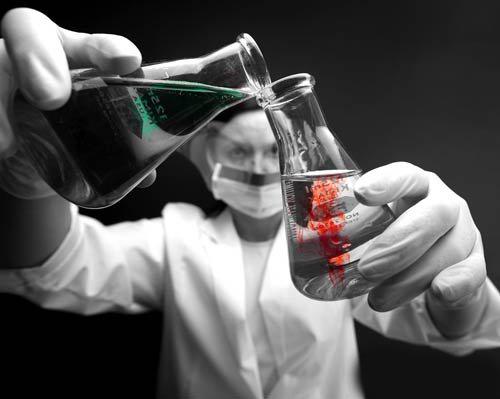Most modern day medicines have well-documented histories of use, misuse, development, and evolution. We have seen the evolution and use of aspirin, ibuprofen, and acetaminophen over the decades and centuries. However, the advent of anabolic steroids has been a recent one. We are still very much in the first century of anabolic agent use, and since much of its use occurs in gym lockers and not laboratories, a shroud of secrecy and mystery still surrounds it.
Steroids were first used in the 1930s. Scientists discovered they could give it to dogs to increase muscle mass. As World War II spread across Europe, Hitler gave his troops many drugs, including amphetamines and anabolic steroids, to improve their battlefield performance, aggressiveness, and durability.
As the world found peace 15 years later and world efforts returned to domestic growth (and not war), scientists began to use information garnered from the battlefield in the laboratory as well. In the 1950s, competitive governments pioneered the use of steroids in high-level athletes for Olympia competition. While it was still disputed publicly whether animal drugs or artificial hormones could benefit humans without great toxicity, privately governments were pumping their athletes full of compounds so that they could win gold medals at the Games.
Word-of-mouth spread, and soon it wasn’t just the top athletes that were using drugs. In the 1960s and 1970s, there was a rash of steroid use in college sports as these unregulated and understudied compounds were taken by the handful by naive athletes looking for an edge. As many as a quarter of college athletes polled admitted to steroid use in this period, a time when other drugs were very loosely regulated as well, and experimentation was something that many college kids did.
Today, thanks to the stricter laws and import policies, it’s much harder for athletes to secure steroids in the first place. It used to be that simple orals were available in most gyms of pharmacies. Today, they are highly controlled substances, and ordering them involves an overseas transaction with risk of having two dozen DEA agents kicking down your door. While the motivation may be there in the form of bigger bucks for successful athletic performance, the drugs are not as available as they were historically.
What does the future hold for steroids? Within the next ten to fifteen years, it’s likely that non-anabolic compounds will arrive without the side effects of today’s steroids. When this happens, steroid use might once again jump at a rate not seen since the 1960s. Time will tell.




